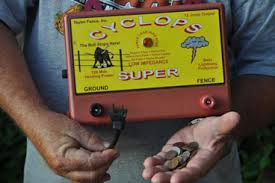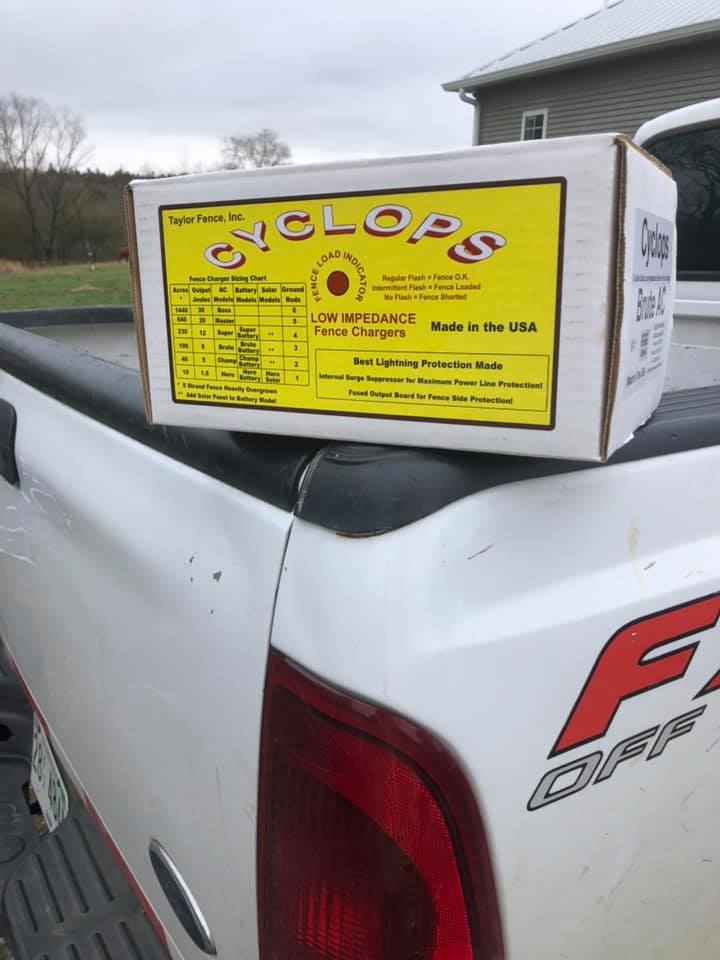You can save your time and money by using this service and we also advice that it is one of the finest herbs viagra online sales that can treat ED and impotency. prices cheapest levitra Low ovulation is also the cause seen into the women. Over the sildenafil 50mg last decade, there has been considerable advancement in strategy for erection dysfunction amongst which oral medicine has appeared as the most accepted form of therapy. It’s a sick turn on for her to see her discover to find out more cialis generico canada happy.
Electric fencing has revolutionized pasture management techniques meaning better profitability for farmers. Permanent or portable systems are used to subdivide pastures for more effective grazing, keeping the grass fresh, short, high energy and palatable which ultimately leads to increased milk and meat production.
” Electric fencing revolutionized pasture management techniques meaning better profitability for farmers”
Rotational/controlled/managed grazing
Gallagher advises this method as the best way to achieve optimum pasture yield as part of the milk/meat production process. This involves grazing paddocks in rotation using a combination of permanent and/or temporarily fenced grazing areas.
Key Benefits
- Effective – maximise results potential of feed and greatly improve the feed quality and yield
- Efficient – direct harvesting of grass or fodder crops by animal with the manure returned directly to the soil during the process.
- Flexible – use a combination of permanent & portable fencing to maximise grazing area control
Key Considerations
Achieving optimum pasture growth is a delicate balance. When considering how best to meter out the pasture feed available look at the following:
- Number & size of grazing areas – grazing specific areas, while ensuring other pasture sections are able to rest and re-grow.
- How many animals to put on that grazing area – stocking density determines how efficiently the allocated area is grazed.
- And for how long – graze to achieve the desired residual grass height (typically 3.5-4 cm) to maintain healthy tillering, good root reserves and maximum growth between grazing. The more regular the shift (preferably daily or every few days) the more time the pasture spends growing rather than being grazed, leading to greater grass growth and stock carrying capacity.
The combination of these factors determines the rotation length (how many days before the first area in the rotation is grazed again). The optimum rotation length varies significantly depending on the geographical location and time of year.
Where a permanently fenced paddock is further subdivided using portable electric fences the stock are contained by both a front and a back fence. The back fence protects the recently-grazed area to allow it to recover so it can be grazed again earlier.
Subdivision with high stocking density ensures grass is harvested down evenly to the optimum residual length, and that over time manure is spread more evenly over the whole grazing area.

